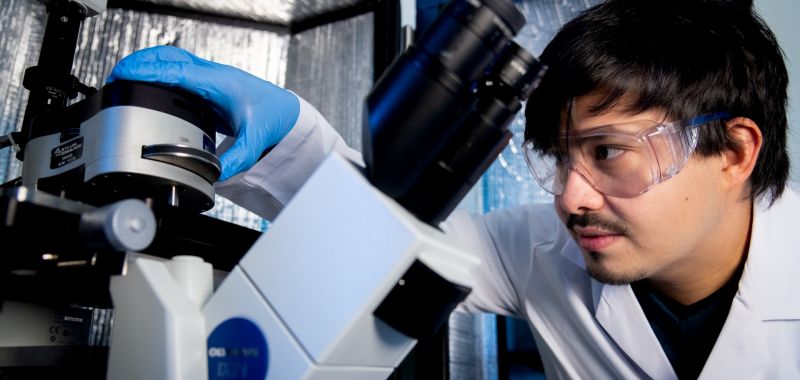
Electron funnelling in nanoparticle promotes photocatalysis
An efficient new way of harnessing the sun’s energy to perform chemical reactions has been demonstrated, through a surprisingly simple approach using widely available materials.
The process of converting sunlight directly into chemical energy and causing chemical reactions in liquids is called photocatalysis.
Scientists are interested in photocatalysis because it could be used to create hydrogen and other ‘green’ fuels.
There’s another sustainability benefit too – photocatalysis can be used to breakdown waste products like dyes found in textile production, as well as in tanning, paint and other industries.
Unfortunately, creating the ingredients necessary to perform photocatalysis can be complicated, and require components that are rare and expensive, or are themselves toxic.
To make it cheaper and easier to do, we need simple, environmentally friendly approaches that work using widely available components.
Researchers at the ARC Centre of Excellence in Exciton Science, together with their colleagues from the International Academy of Optoelectronics at Zhaoqing, have been working to find these mechanisms.
In their latest study, they’ve been able to optimise the process by creating a nanoparticle made up of three separate parts. Shaped like a nail, the base of the particle is a rod made from copper monosulfide, with zinc sulfide and bismuth at the tips, and seamless interfaces between each junction.
It’s the first time such a complicated three-part structure has been made in one ‘pot’, like a simple cooking recipe, which produces nanocrystals that are able to absorb different parts of the light spectrum.
The structure of the crystals also causes electrons to be funneled from the semiconductor section towards the bismuth part of the rod, which helps to further encourage the desired catalysis.
The results have been published in the Journal of Environmental Chemical Engineering and are available here: https://doi.org/10.1016/j.jece.2021.106066







